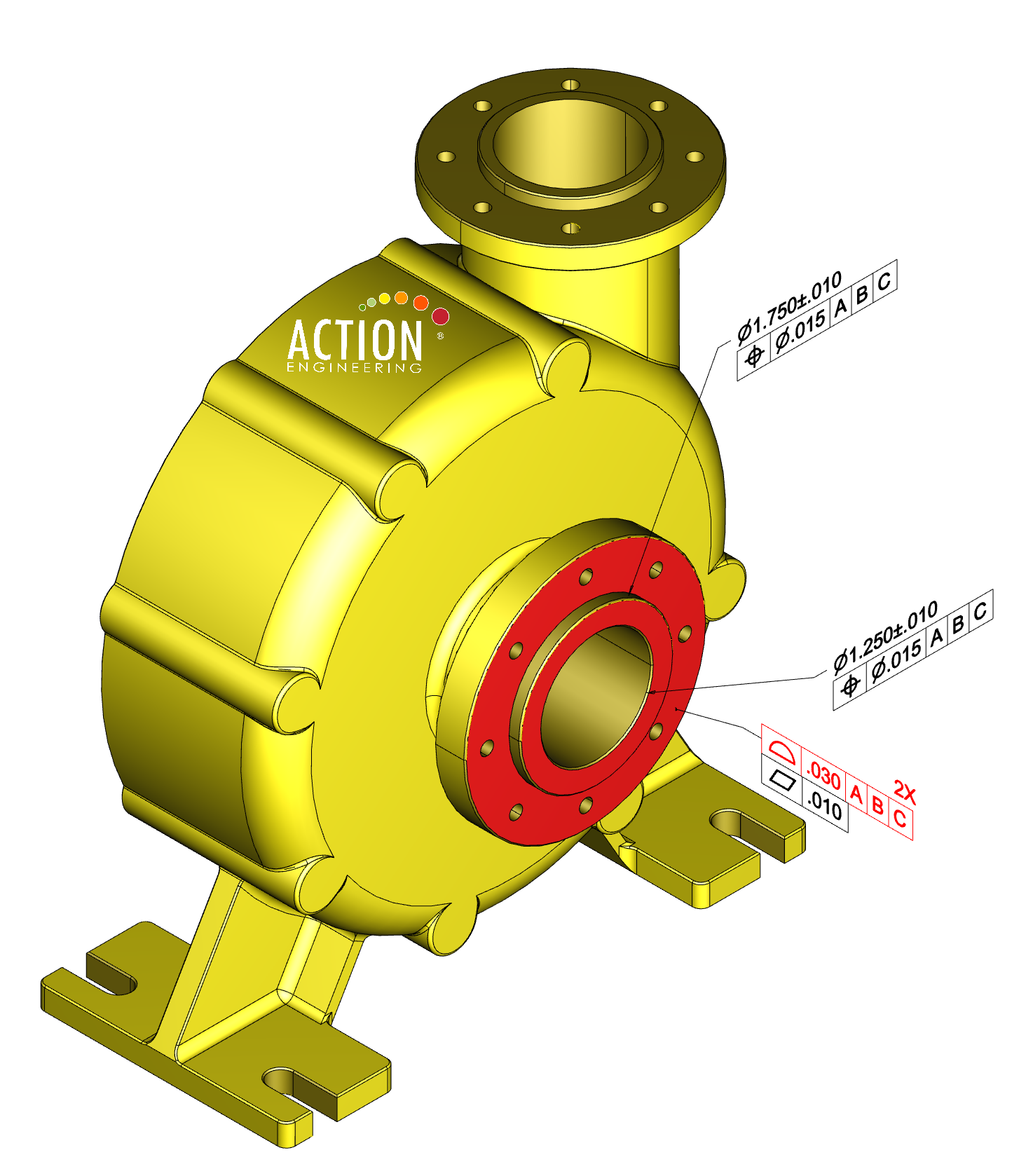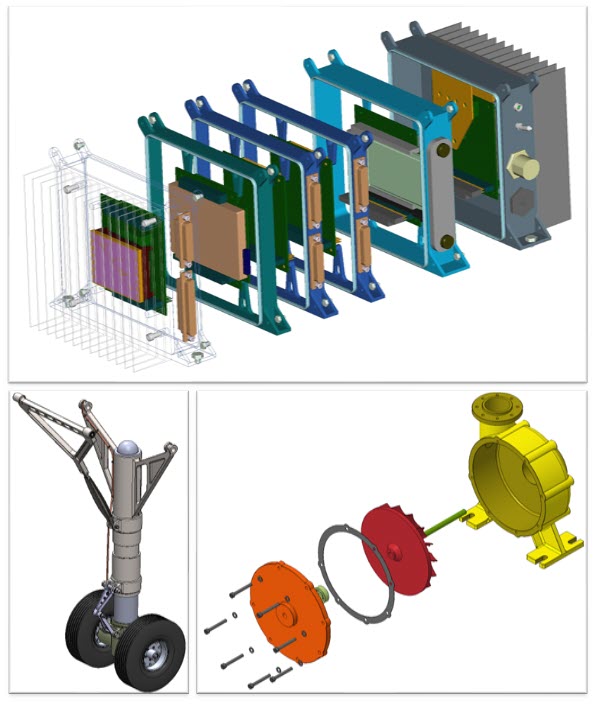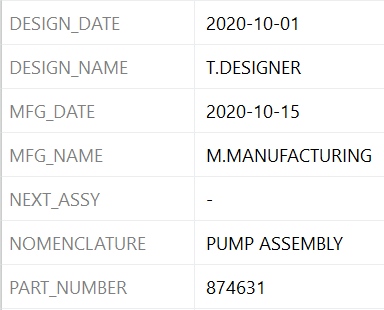| ASME Y14.41 - Digital Product Definition Data Practices | Reference | 2019 |
| A combination of model, annotation, and attributes that describe a product. |
| Visible dimensions, tolerances, notes, text, or symbols. |  |
| A conceptual plane containing annotation that either perpendicularly intersects, or is coincident with one or more surfaces of a feature. |
| A model in which the product described is an assembly of two or more items. |  |
| The portion of a product definition to which annotation pertains. |
| A user-defined set of related digital elements. |
| The established relationship between digital elements. |
| A dimension, tolerance, note, text, or symbol required to complete the product definition or feature of the product that is not visible but available upon interrogation of the model. |  |
|
A designation assigned to product definition data that defines what product definition elements are included within the drawing graphic sheet, data set, or both.
NOTE: A drawing graphic sheet may be in either physical or electronic format. |
|
Drawing Graphic Sheet With Optional Data Set
Identifies that product definition elements are located on the drawing graphic sheet. |
|
Data Set With Model and Drawing Graphics Sheet
Identifies that product definition elements are located on a drawing graphic sheet. A computer is used as a tool to prepare the drawing graphics sheet and model. Product definition elements are located in the digital data and drawing graphic sheet.
|
|
Data Set With Model and Simplified Drawing Graphics Sheet
Identifies a model with a simplified drawing graphic sheet used to expedite communication of common part features and to define nongeometric part definitions. |
|
Data Set With Annotated Model and Drawing Graphics Sheet
Identifies that all product definition elements are located in both the digital data and drawing graphic sheet. |
|
Data Set With Annotated Model and No Drawing Graphic Sheet
Identifies that all product definition elements are located in the data set. No drawing graphic sheet exists.
|
| A representation of a Cartesian coordinate system in a product definition data set. |  |
| Information represented in a formal manner suitable for communication, interpretation, or processing by human beings or computers. |
| Data duplicated or extracted from the original. A copy of a derivative is also a derivative. |
| The portion of the data set that contains model geometry and supplemental geometry. |
| Geometric element, feature, group of features, annotation, associated group, or attribute that exists in a data set. |
| A label or name used to specify a unique digital element. |
| A graphic entity used in a data set. For example: point, line, plane, surface, solid, coordinate system, or crosshatching. |
| A model in which the product described is an installation, showing parts or assemblies and a partial or complete representation of the installation site. |
| The data required for the release, control, and storage of product definition data as well as other relevant engineering data. |
| The portion of the data set that contains model geometry and supplemental geometry. |  |
| Geometric elements in product definition data that represent an item. |
| The numerical value derived by interrogating the model that quantifies the form and spatial relationships of the geometry composing a design model, or assembly of models, to the precision (number of decimal places) of the computer system. |
| Denotes the totality of data elements required to completely define a product. Product definition data includes geometry, topology, relationships, tolerances, attributes, and features necessary to completely define a component part or an assembly of parts for the purpose of design, analysis, manufacture, test, and inspection. |
| A collection of one or more data file(s) that discloses, directly or by reference, by means of presentation (e.g., graphic or textual), representation (e.g., semantics or machine readable), or a combination of both, the physical or functional requirements of an item. |
| A means of interrogating a digital element or the relationship between digital elements. |
| A supplemental geometry line or curve segment indicating the orientation of a direction dependent tolerance. |
| A model value that is rounded off to the number of decimal places required for the design. |  |
| A drawing with minimal views and dimensional characteristics that relies on the model to provide complete part definition. |
| Geometric elements included in product definition data to communicate design requirements but not intended to represent a portion of an item. |  |